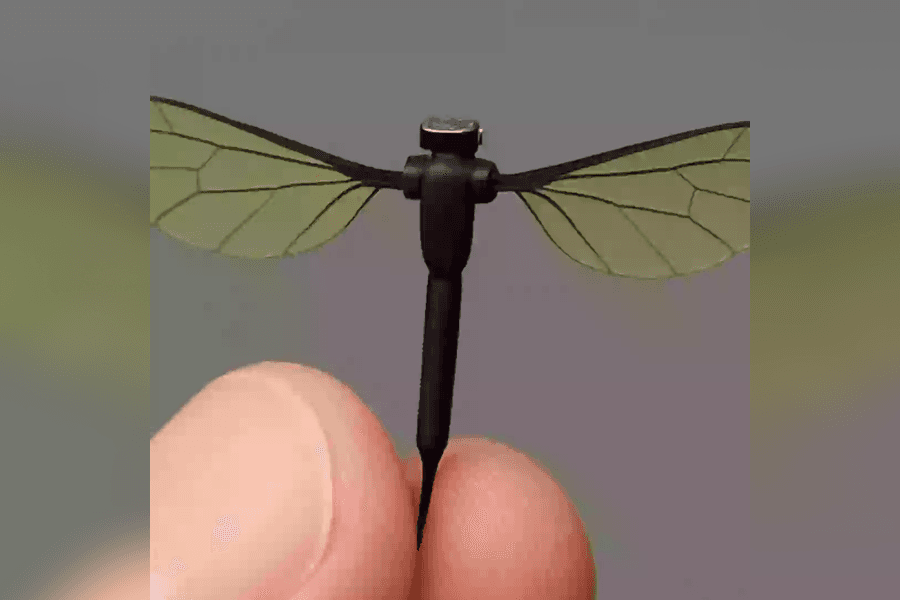
China has revealed a cutting-edge spy drone that looks remarkably like a mosquito. Developed by the National University of Defence Technology (NUDT), the miniature device is designed for
stealthy military surveillance.
Weighing just 0.3 grams and measuring only 2 centimeters in length, the drone mimics an insect in both size and form. It features two rapidly flapping wings—reportedly beating up to 500 times per second—and three slender legs, giving it an almost lifelike appearance. Due to its incredibly small profile, experts note that the drone would be nearly impossible to detect with conventional radar systems.
The bionic microdrone was introduced on June 20 by state-run military broadcaster CCTV-7. During the broadcast, NUDT student Liang Hexiang presented the device, stating, “Miniature bionic robots like this one are especially suited for information reconnaissance and special battlefield missions.”
A prototype with four wings, reportedly controllable via smartphone, was also revealed, according to the South China Morning Post. While details about its onboard sensors and capabilities remain scarce, the drone is believed to be equipped for covert surveillance tasks.
A growing trend in warfare
China is not alone in the microdrone race. Several nations are advancing similar technologies for battlefield use.
One prominent example is Norway’s Black Hornet, a palm-sized, helicopter-style micro-UAV already deployed by the US and other armed forces. It carries tiny cameras and thermal sensors for discreet, short-range reconnaissance.
The US has also explored unconventional micro-surveillance methods. Back in 2006, the Defense Advanced Research Projects Agency (DARPA) launched the HI-MEMS project, aiming to turn real insects into ‘cyborgs’ by embedding micro-electromechanical systems directly into their bodies.
As modern warfare increasingly turns to drones for intelligence and tactical advantage, these insect-like UAVs are setting the stage for a new era of surveillance—small, silent, and nearly invisible. Credit: CCTV/ Screenshot.


























